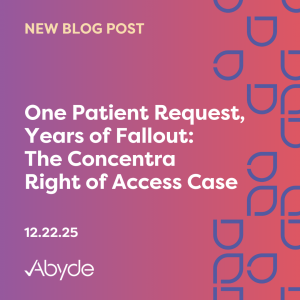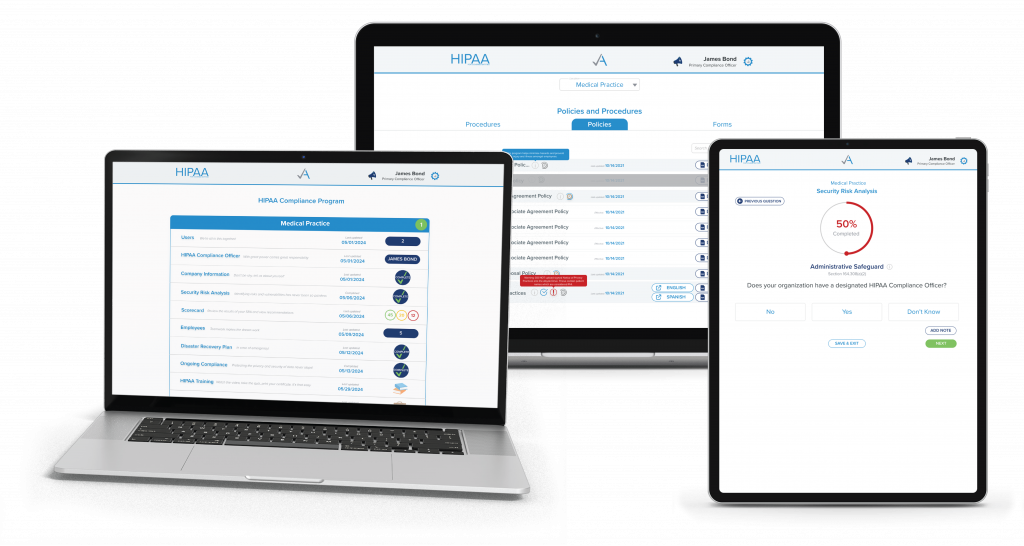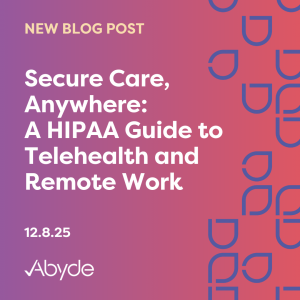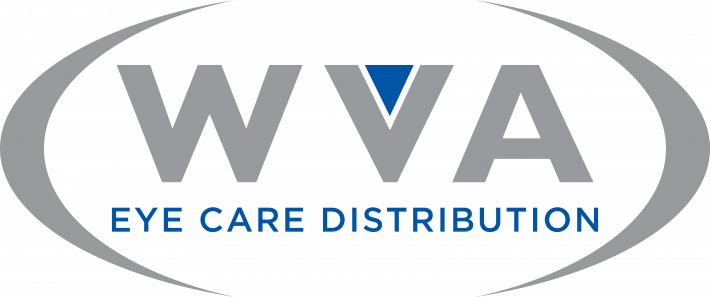
One Patient Request, Years of Fallout: The Concentra Right of Access Case
December 22, 2025 Well, the Office for Civil Rights (OCR) is back, folks! After a historic government shutdown, the OCR has announced its first fine. The recipient of the latest fine is Concentra, Inc., a Texas-based enterprise healthcare provider. While this health organization might have numerous locations, the root of this federal fine and years of legal battles stems from one patient complaint to the OCR. With the 21st fine of the year, we’re taking it back to the basics: Patient Right of Access. What Happened? In February 2018, a patient requested a copy of their medical and billing records from Concentra’s Peoria, Arizona, location. While a Concentra employee forwarded the request to the billing office, the patient did not receive their medical records in a timely manner. The patient sent several requests throughout the year. In October 2018, Concentra’s Business Associate issued an invoice to the patient for $82.57 for the requested medical records. This amount was disputed. After months of back-and-forth with Concentra, in December 2018, the patient filed a complaint with the OCR regarding how the healthcare provider handled their record request. Finally, in March 2019, over a year after the initial request, Concentra’s Business Associate provided the health records to the patient for an adjusted rate of $6.50. Providing the records was just the beginning for Concentra. In the summer of 2020, the OCR notified the healthcare provider that this case indicated noncompliance with the Privacy Rule and provided Concentra with the opportunity to submit mitigating evidence. Then, in 2021, the OCR proposed to levy a $250,000 penalty. After several more years of legal battles, the OCR settled this case in 2025 with a $112,500 settlement. Patient Right of Access 101 This lengthy chain of events highlights the importance of promptly and thoroughly addressing patient requests. Detailed in the Privacy Rule, patients have the right to access their health records within 30 days from the initial request, known as the Right of Access. This timely access empowers patients to make informed decisions about their healthcare. This 30-day timeline applies on the federal level. Depending on the state, your practice may be required to comply with more stringent timelines, as seen in California. The 30-day timeline is firm, and a practice can only be granted an extension once, for an additional 30 days. In addition to adhering to a 30-day timeline, the fees for copies of records must be reasonable and feasible. The acceptable fee for providing copies of documents is limited to the cost of labor for copying, supplies, postage, and any provided summary. Alternatively, your practice can charge a flat fee of not more than $6.50 instead of calculating these specific costs. Keeping Your Practice Compliant (And Your Patients Happy) While following the Right of Access might seem straightforward, it’s one of the most common HIPAA violations practices make. There have been 50+ HIPAA Right of Access enforcement actions levied by the OCR. With the right compliance program, you can ensure that your staff is aware of all requirements when handling patient requests. Clear policies and engaging training help you respond correctly, on time, and with confidence. Ready to ensure your practice is HIPAA compliant? Schedule a consultation with one of our compliance experts today.





